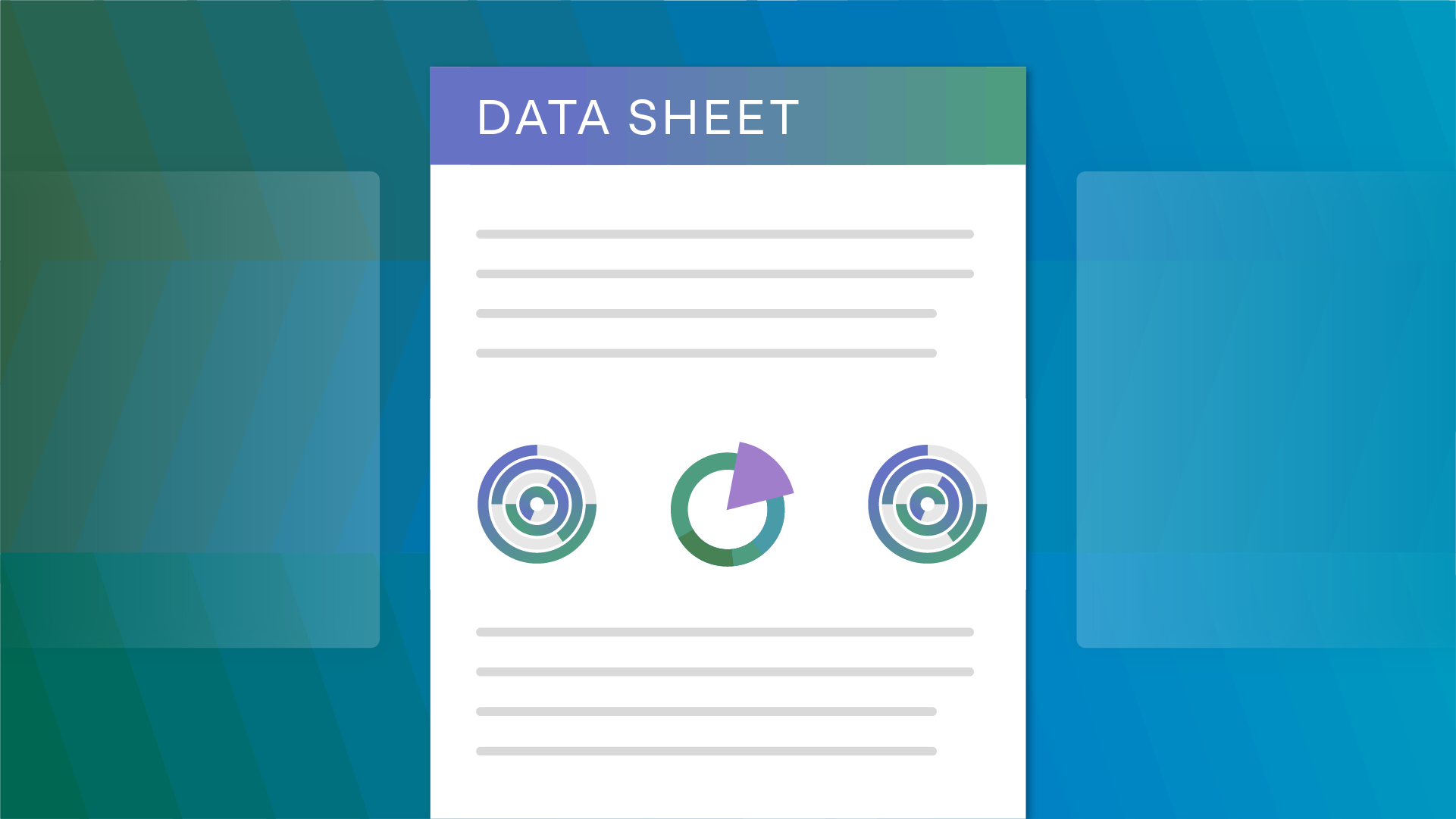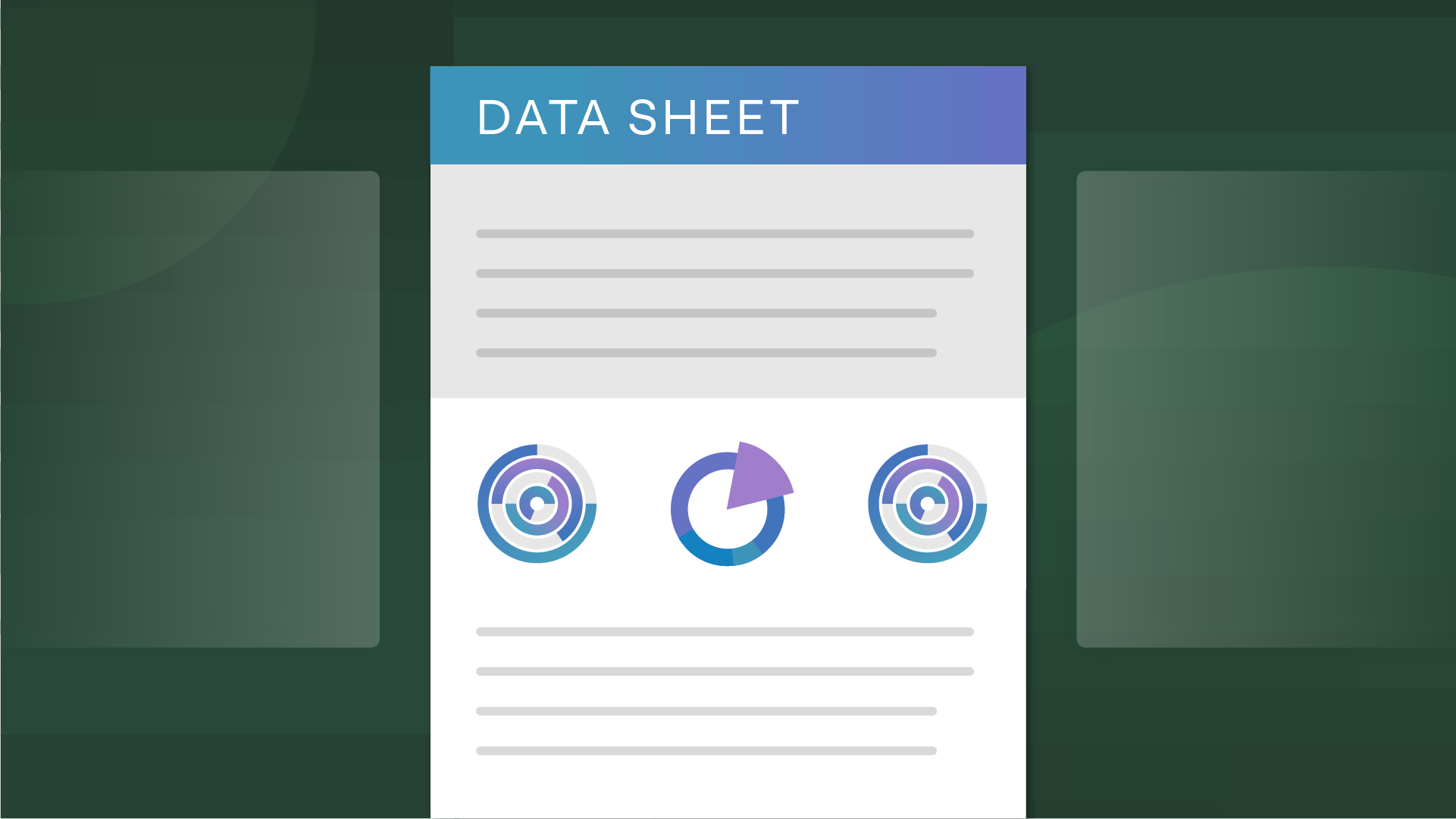Your organization is receiving, sending, and holding data at figures not even imagined just a decade ago. This is a positive, of course, as data has become the new currency in business. But there’s also a huge concern: the level of risk this poses to your company.
With each new data point comes a widened risk landscape, be it internally produced, customer-based, or third-party created. Properly managing those new risks coming from seemingly every direction is no small task, and can be the reason a security incident takes your business for a ride.
How to measure risk against business objectives
Silos of information are inevitable, and it’s a manual task to connect the dots between common risk factors across different areas of the business like finance, marketing, R&D, etc. Your business needs a way to map operation-level risk defined within different areas of the business to enterprise-level risk to better understand downstream impact and concentrations of risk across the enterprise.
Of course, just looking into your data stores and hoping for the best isn’t going to get you very far when it comes to enterprise risk management. More times than not, organizations have a difficult time effectively mapping the fluid and tiered nature of risk across different domains and their cascading impact.
So how can we streamline top-level insights?
How do you connect the dots across risk?
With data sprawl moving at unprecedented speeds, implementing a resource that can map the interconnectedness of risk for better context and clarity across the enterprise can eliminate the first major hurdle in the process.
Dynamic parent-child risk relationships enable organizations to link child-business risk or domain-specific risk to higher-level enterprise risk and map the flow of risk across the enterprise. These risk relationships enable the flow of information and aggregate risk scores based on the values calculated during inherent and residual risk analysis from connected risk records.
Here are some of the benefits of taking this step:
- Simplify board reporting: Save time and resources by streamlining data collection and aggregation for leadership insights.
- Prioritize actions based on a holistic view of risk: Balance top-down and bottom-up insights with roll-up functionality, linking relationships between parent and child risk to better understand total impact, influence and the concentration of risk.
- Improve cross-functional ownership and collaboration : Align child-level risks across domains to enterprise impact to better delegate and communicate risk management activities.
Empowering the business with enterprise risk management
Businesses can reduce costs up to as much as 25% on a gross basis while increasing risk effectiveness through a well-structured risk transformation program, according to a report by McKinsey. Sifting through noisy data can quickly lead to a lack of valuable insights. Enterprise risk management requires context of risk, focus on business goals to ask the right questions, and access to timely data to evaluate your current posture.
Enterprise risk management with OneTrust
Risk management for any line of business, let alone the entire enterprise, is a massive undertaking that is resource and time-intensive. That’s why OneTrust is introducing its Enterprise Risk Management enhancement to the Trust Intelligence Platform.
Here are the benefits to your organization:
- Establish a single source of risk truth. Mapping the risks together helps one understand how they impact and influence each other.
- Risk-based prioritization fosters trust between security, privacy, and business teams by aggregating risk data across from OneTrust Domains to prioritize and reduce risk across your enterprise.
- Improve cross-functional collaboration. An integrated GRC platform can help all teams seamlessly communicate and coordinate risk management activities.
- Implement Risk Framework: By connecting the dots, companies can make sustainability to achieve operational resilience as a natural part of daily operations and not simply a compliance activity.
Your enterprise is dealing with tons of risk factors. Learn more about Enterprise Risk Management and how it can keep your organization secure.





















